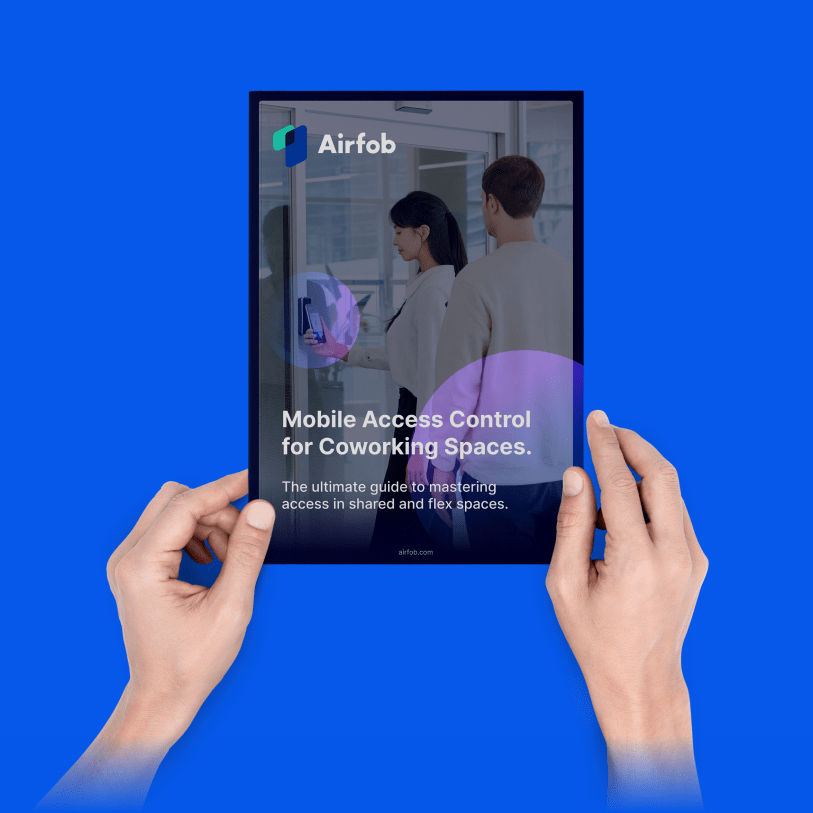Why does flex space means flex access control?
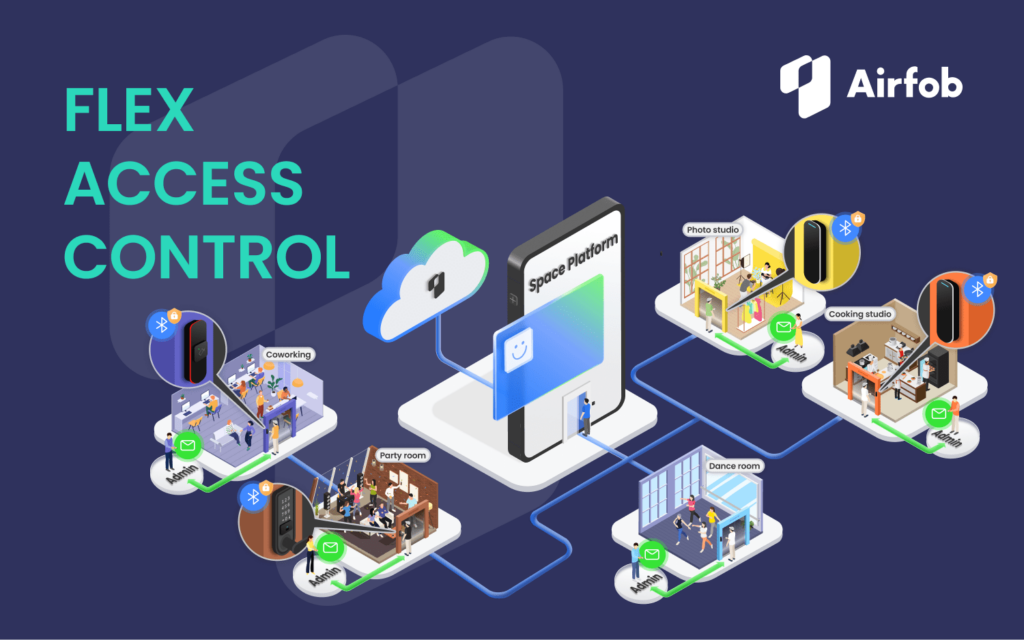
Flex spaces include coworking spaces, shared offices, and other multi-functional areas that provide flexibility in terms of occupancy, usage, and configuration. As such, flex spaces inherently require a flexible access control system to manage the diverse and changing requirements of their users. Here are two main reasons why flex spaces necessitate flex access:
Shared amenities and varied access levels.
Many companies are moving into coworking spaces to take advantage of shared amenities. According to CBRE’s “What’s Next for Flex” report (August 2023), 51% of companies transitioning to coworking spaces are looking for access to amenities such as meeting rooms, fitness areas, wellness zones, and day care facilities.
Importance of managing access in flex spaces.
In such environments, being able to manage access to different types of spaces with varied access levels is crucial. Different users, such as permanent members, temporary members, guests, and employees from various companies, need tailored access to specific areas. Mobile access control solutions like Airfob offer the necessary flexibility to:
- Segment access: Define access levels for different users, ensuring that only authorized individuals can enter certain areas.
- Onboard new users: Quickly and easily onboard new members and grant them access to required amenities without the need for physical key cards.
Flexibility in space configuration.
Building owners and coworking space operators need the ability to configure and reconfigure their spaces to maximize usage and revenue. They might need to accommodate different numbers of companies or individuals on different days, requiring a flexible approach to space management.
Dynamic flex space allocation.
Mobile access control solutions like Airfob enable building owners to adapt quickly to changing needs:
- Reconfigure spaces: Easily change access permissions as the space configuration changes. For example, if two companies are sharing a space one day and three the next, access levels can be adjusted accordingly.
- Remote management: Manage access permissions remotely, reducing the need for on-site staff and allowing for immediate changes to access levels.
- Integrate with amenities: Seamlessly manage access to various shared amenities, ensuring that users have the appropriate access based on their membership or usage agreements.
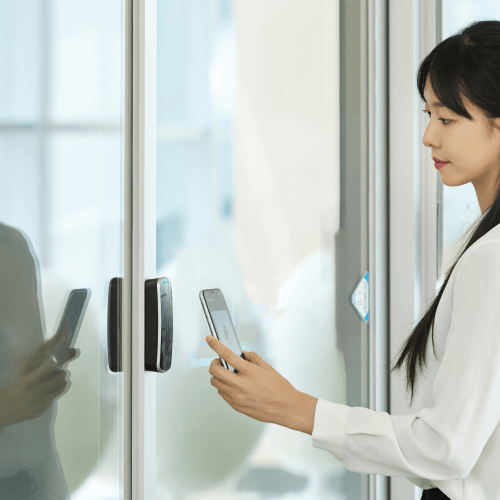
Shared lobbies & overflow spaces.
Ensure that only authorized individuals can enter, enhancing security and convenience for all users.
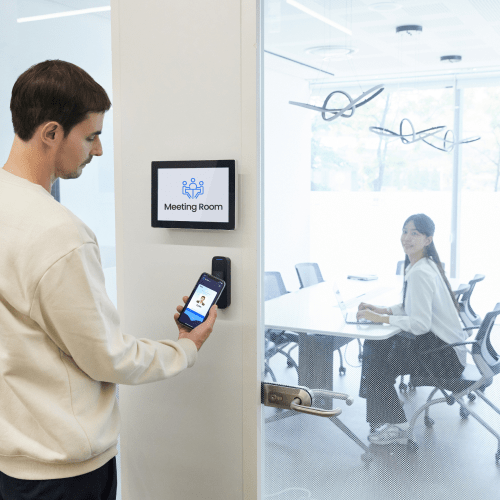
Meeting rooms.
Integrate booking with access, allowing only those who have reserved the room to enter at the designated times.
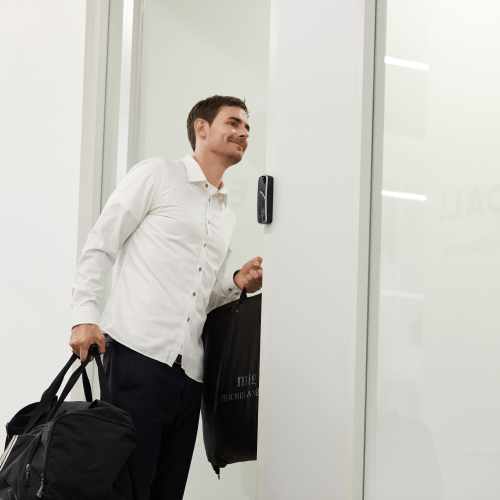
Private offices.
Provide specific access credentials to occupants, ensuring that only authorized personnel can enter these private spaces.
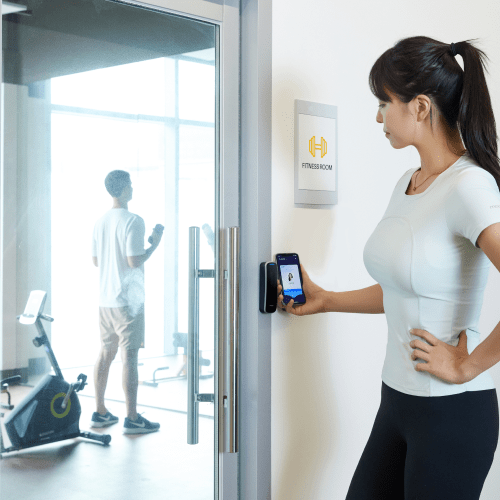
Showers, fitness & wellness areas.
Restrict access to registered users or members, ensuring that only those with permission can use the facilities.

Day care facilities.
Ensure secure access for parents, staff, and authorized visitors, enhancing the safety and security of the children and the facility.
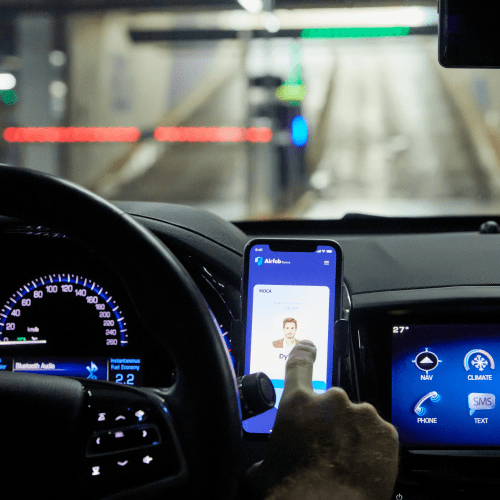
Parking garages.
Provide access credentials to authorized vehicles and individuals, managing entry and exit efficiently.
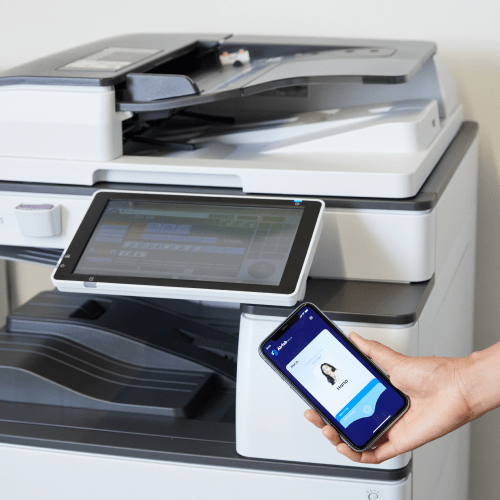
Coffee & copy machines.
Integrate access control to allow only authorized users to access these services, often tied to a payment or membership system.
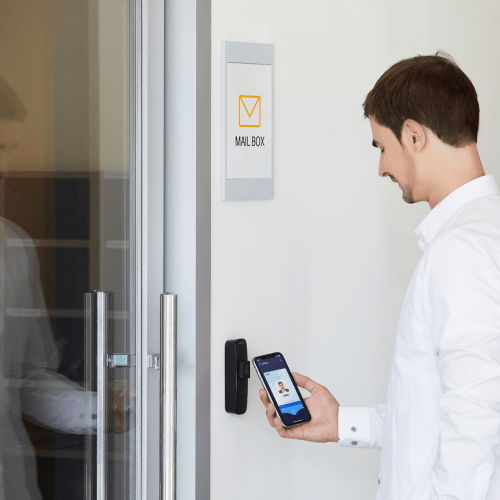
Storage rooms & lockers.
Provide access to individuals with specific permissions, ensuring the security of stored items.
FREE EBOOK
The ultimate guide to mastering access in shared and flex spaces.
Download your
free eBook!
This eBook is particularly valuable for coworking space owners, managers, and anyone interested in the future of flexible work environments.
